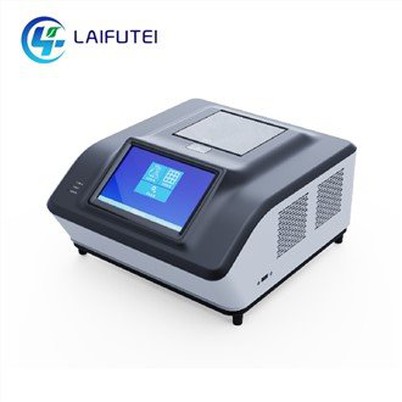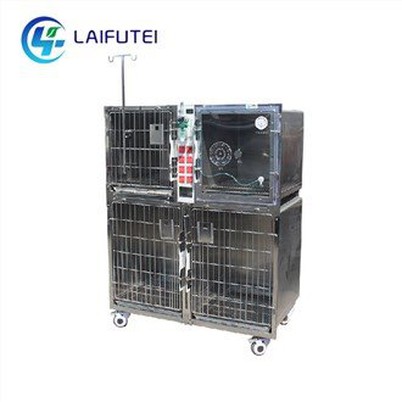Functions of the Pet Intensive Care Unit
Leave a message
The pet intensive care unit (ICU) has many important functions. First of all, the pet intensive care unit is designed to create a good living environment for small animals such as dogs and cats. It can accurately control the temperature and humidity in the monitoring cabin through a microcomputer to achieve uniform heating and stable temperature and humidity, which is very critical for maintaining the body temperature of small animals. For example, when a pet is in a sick state, the body's ability to regulate body temperature may decrease. Stable ambient temperature and humidity can help reduce the extra loss of its body energy and promote recovery. Secondly, the light adjustment function can simulate various natural environments to cooperate with treatment, making life support more reliable. Furthermore, it has the ability of efficient disinfection, sterilization, deodorization, filtration, etc., which can provide a sterile medical environment for small animals and reduce the risk of bacterial infection. In terms of equipment, the system has oxygen supply, infusion and monitoring ports, as well as respiratory assistance and atomization treatment functions, which can largely meet the treatment needs of small animals. Similar to the intensive care unit for humans, the pet intensive care unit is also a place where various medical resources are concentrated to strengthen the treatment and care of critically ill pets. It can continuously monitor the pet's vital signs, such as heart rate, respiratory rate, blood pressure and other important indicators. Once abnormalities are detected, timely measures can be taken to intervene, thereby increasing the chances of sick pets surviving the critical period and recovering.







